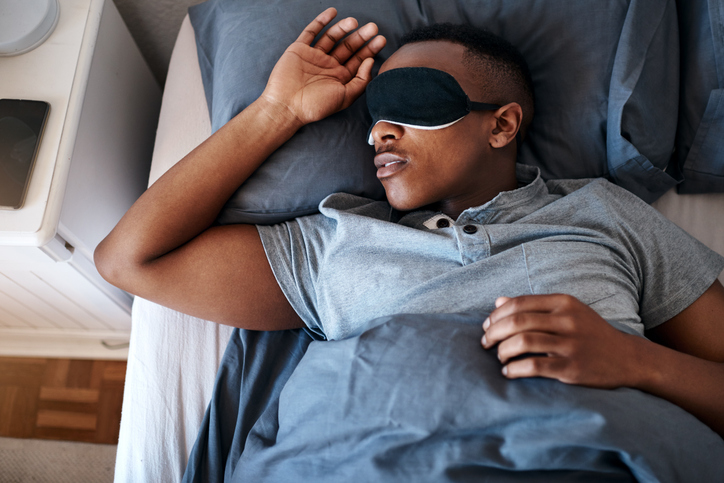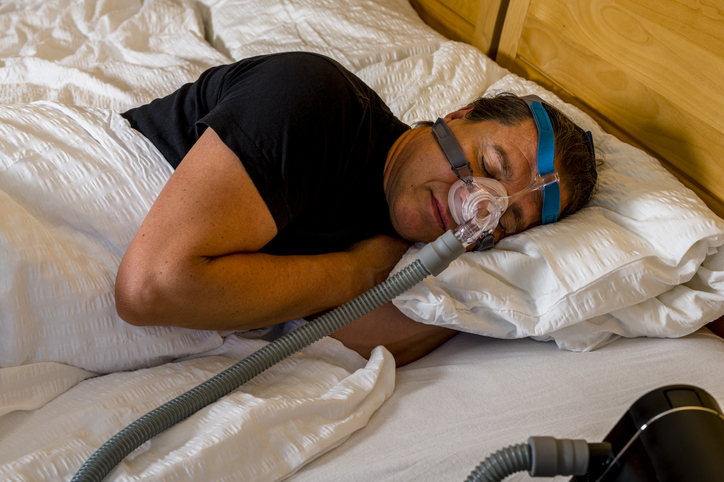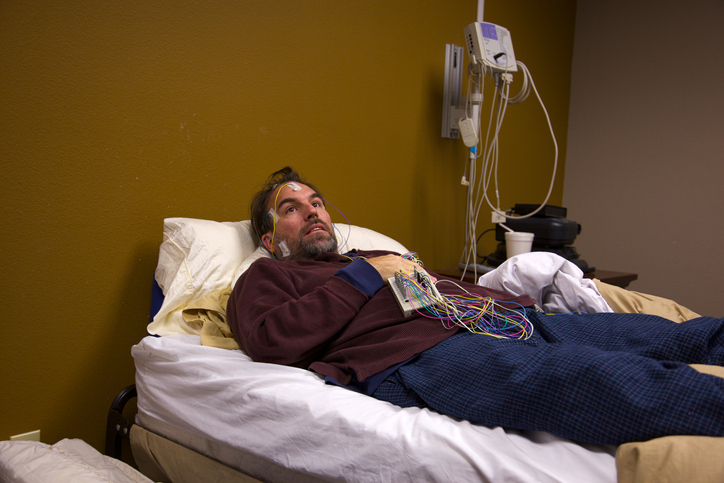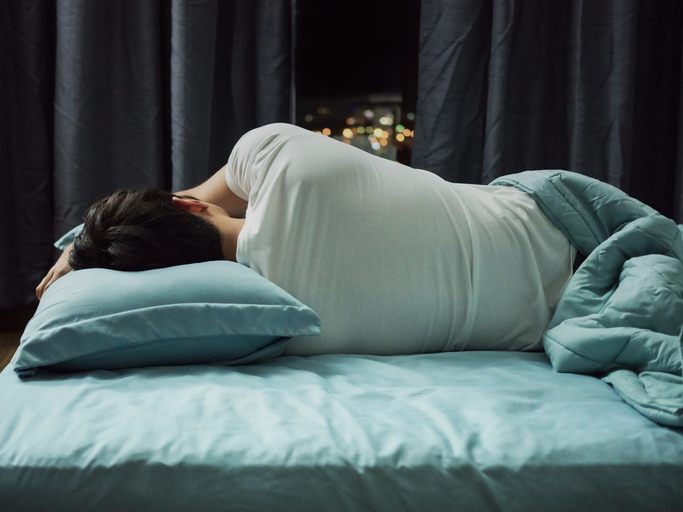Living with Chronic Pain
The Relationship Between Sleep Position and Pain

Sleep plays an integral role in physical health and mental well-being. To achieve restful, restorative sleep, it can be helpful to consider your sleep position. Research shows that sleep position can impact both sleep quality and pain levels.
Chronic pain levels are often heightened in the morning, especially with inflammatory conditions, such as fibromyalgia or rheumatoid arthritis. Medical conditions that affect the back, neck, or hips are also prone to increased aggravation when sleeping in an awkward position. The following insight may be valuable to those who are vulnerable to increased morning pain levels.
Side sleeping position
Current research suggests that there are more benefits to side sleeping than previously thought. Sleeping on the left side is especially beneficial, as it puts less pressure on internal organs.
When side sleeping, especially if lower back pain is an issue, the knees should be slightly bent with a firm pillow placed between them. This helps align the spine, pelvis, and hips, which can reduce pressure on the spine. Body pillows or pregnancy pillows can be useful tools for this.
Tucking the chin when side sleeping can cause neck pain; ears should be aligned with the shoulders to help avoid this. A medium-firm pillow should be placed under the head, and arms should be kept parallel to the body to avoid neck strain. Also, alternating from the left to the right side, or vice versa, helps avoid imbalances.
Side sleeping can also aggravate shoulder pain. Sleeping on a medium-firm mattress and pillow and keeping the head in line with the shoulders can help prevent misalignment. If shoulder pain is an issue, the side of the painful shoulder should face the ceiling, and a pillow should be placed under the arm to keep it in a straight and neutral position.
If heartburn is an issue, sleeping on the right side can aggravate symptoms. Sleeping on the left side can help relieve this.
Back sleeping position
Sleeping on the back helps keep the spine in a neutral position and helps prevent or reduce low back pain. For added support, a pillow or rolled-up towel can be placed under the knees to maintain the natural curve of the lower back. A small, rolled towel placed under the waist can provide additional support as well. Using a pillow that keeps the head in a neutral position in line with the chest and back can help prevent neck issues.
Sleeping on the back can also aggravate shoulder pain due to the position of the shoulders dipping down to touch the bed. This adds strain to the rotator cuff. To avoid this, it may help to rest the arms on a folded blanket or flattened pillow to keep the shoulders aligned with the body.
Stomach sleeping position
Sleeping on the stomach places the most strain on the spine and organs, so it is usually not recommended. Because sleeping on the stomach often involves one arm placed under a pillow, it can also lead to neck and rotator cuff issues.
If stomach sleeping cannot be avoided, a pillow can be placed under the hips to help prevent back strain. A pillow can be used under the head if it does not place strain on the back.

















